- 14.2% of Malagasy children have never attended school (UNICEF, 2018)
- 28% of children aged 5 to 17 years old are forced to work (UNICEF, 2018)
- 41% of Malagasy girls aged 20 to 24 are married before age 18 (UNICEF, 2018)

MADAGASCAR
COUNTRY CONTEXT
AREA OF INTERVENTION

KEY FIGURES
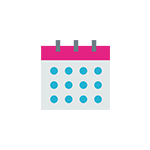
2001
we set up in the country
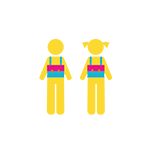
4500
beneficiaries
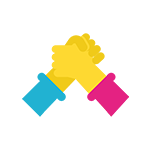
12
partners
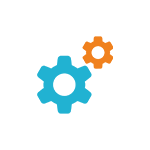
5
projects in progress
OUR ACTIONS IN THE FIELD
Background information
Madagascar is the 5th largest island in the world with 24.24 million inhabitants in 2016*. The majority of the population is young: 62.3% are under 25 years old and 47% are under 15 years old.
Poverty is at almost unprecedented levels worldwide with a poverty rate of 75% and an extreme poverty rate of 55%.**
Political tensions, insecurity and the country’s fragile economy are at the root of the precariousness in which many Malagasy live. One of the main consequences of this precariousness is that the children of vulnerable families do not go to school. Difficulties linked to the family environment have a direct impact on children’s schooling (housing, emotional environment, administrative procedures, children facing various forms of violence, etc.), leading them to experience difficulties in following the curriculum and possibly to drop out of the school system. For example, 1.3 million children in Madagascar are not enrolled in pre-school education.*
Beyond access to education, there are also complaints about the low quality of education, the lack of training of educational staff and the lack of infrastructure. 8 out of 10 school-leavers do not have sufficient skills in French and mathematics.
Intervention objectives
Currently, Asmae provides financial and skilled support to our partners in 4 projects. We have multiple objectives in the area of preventing school drop-out and underperformance:
- Improve the quality of school education by training educational staff, developing innovative teaching methods, getting parents involved, renovating infrastructure or funding school costs or school equipment;
- Protect girls and boys in vulnerable situations;
- Develop young people’s personal and professional skills;
- Provide educational care for young girls and boys with a view to their reintegration into school.
*World Bank 2016 // **World Bank, 2017
OUR PROJECTS
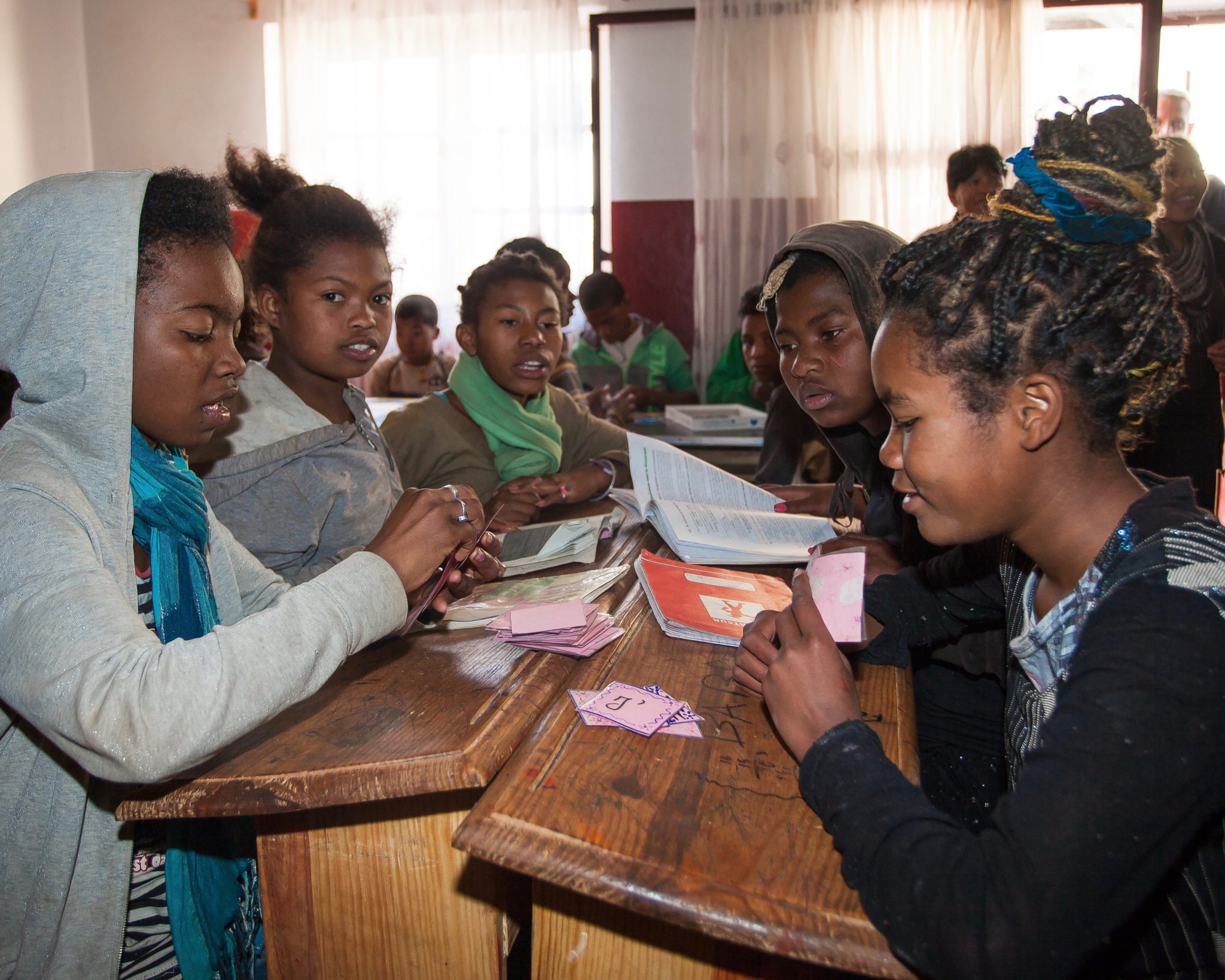
Cap Jeunesse – Tanora
Project start date: January 2021
Project duration: 3 years
Beneficiaries: young people aged 14 to 22 and their parents
Partners:
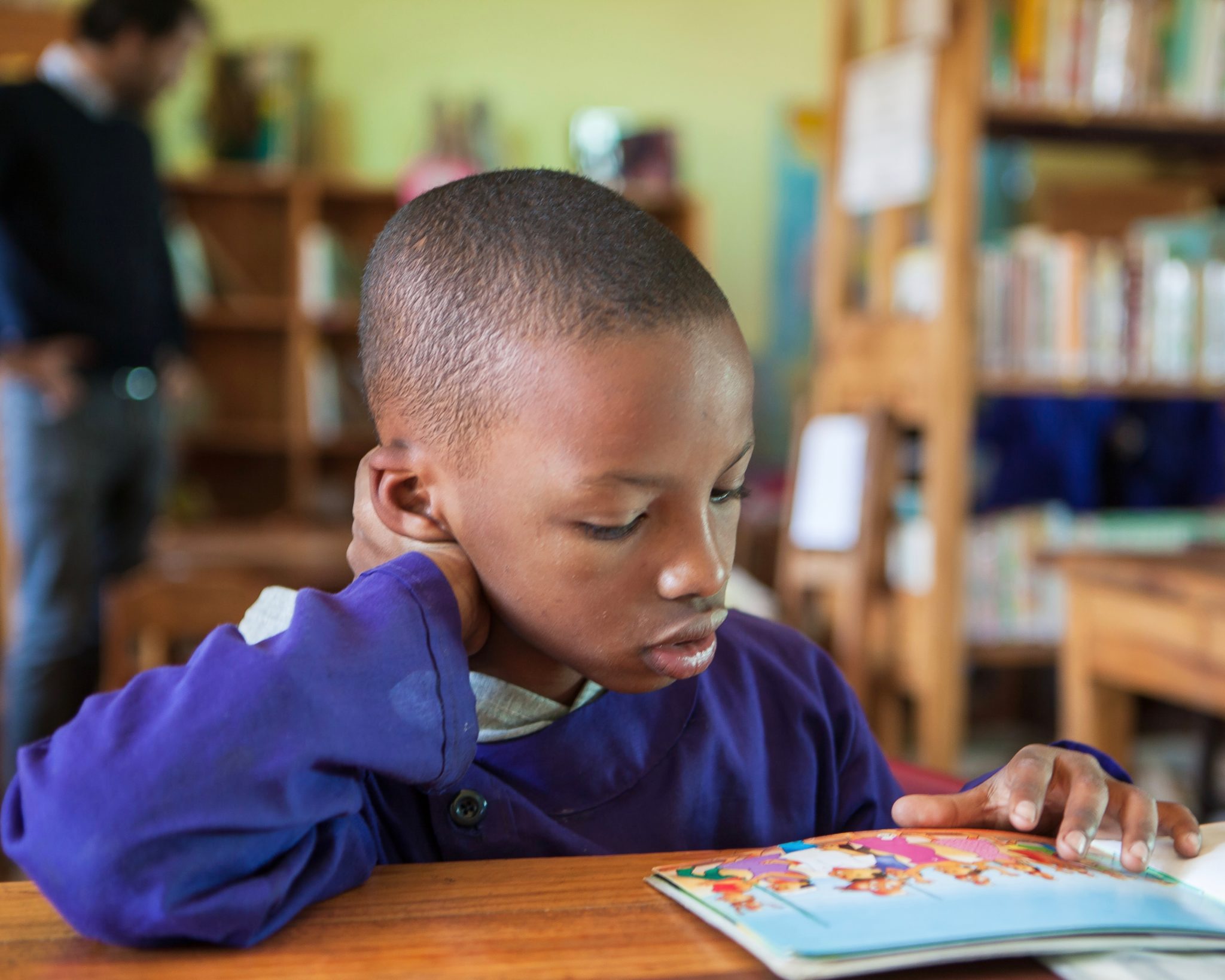
Ankizy Project – stage 2
Project start date: May 2020
Project duration: 3 years
Beneficiaries: children aged 3 to 12, their teachers and parents
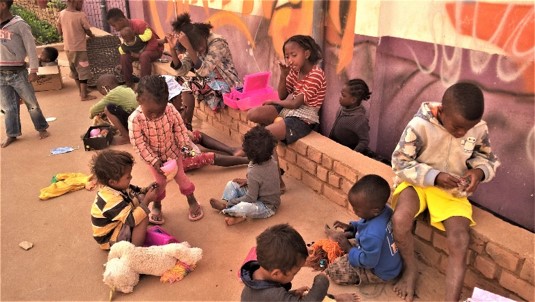
Educational care for children in a homeless centre – AIM
Project start date: January 2021
Project duration: 1 year and 6 months (to June 2022)
Beneficiaries: children aged 3 to 12 living on the street
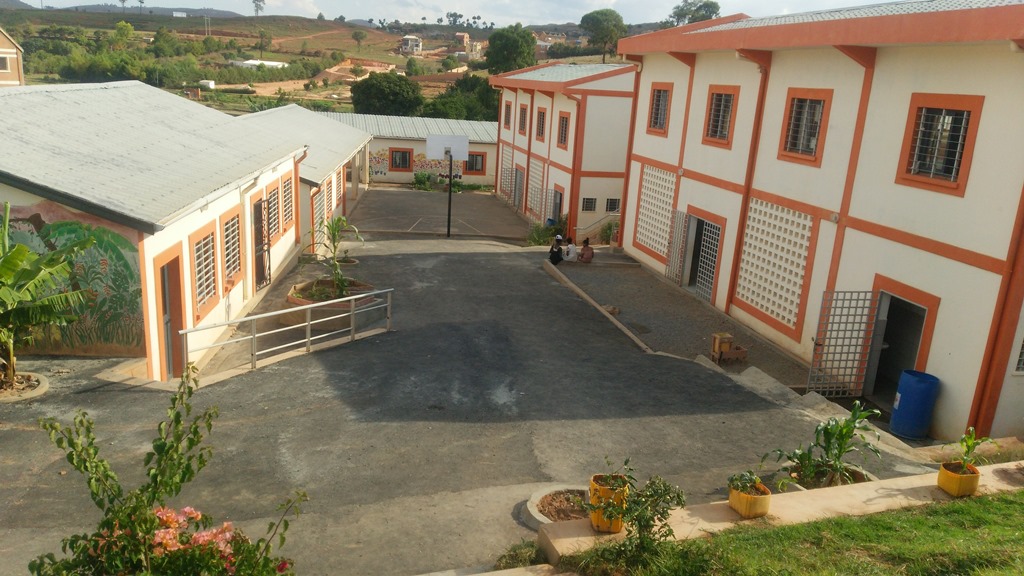
Claire & Jeanne’s House
Project start date: January 2020
Project duration: 18 months
Beneficiaries: girls and boys living on the street or in vulnerable situations
Partners:
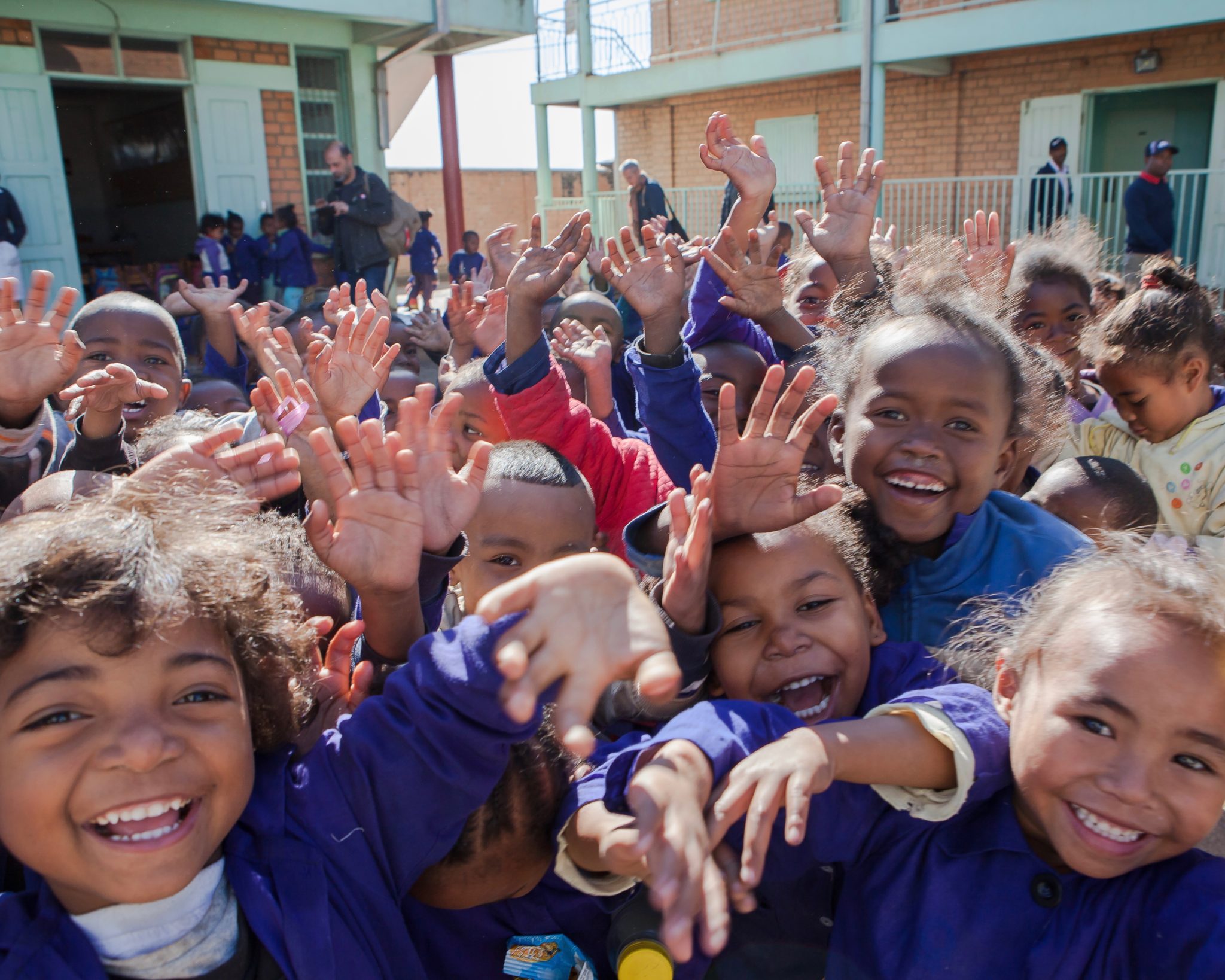
Milevatra – Improving Education and Protection for Girls and Boys
Project start date: May 2020
Project duration: 3 years
Beneficiaries: children aged 3 to 18 in vulnerable situations
